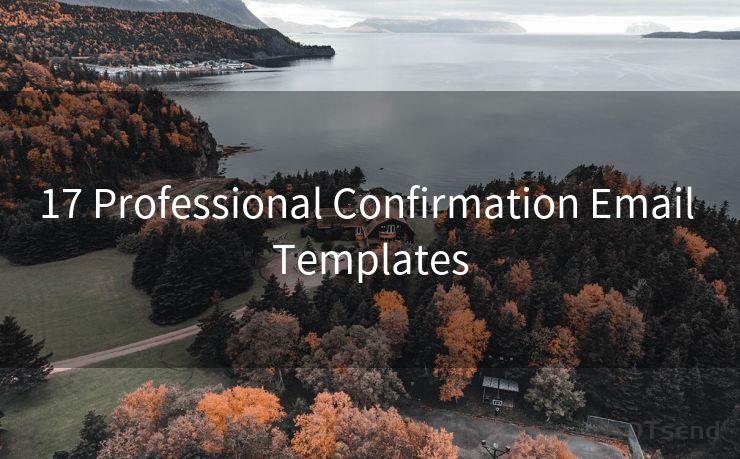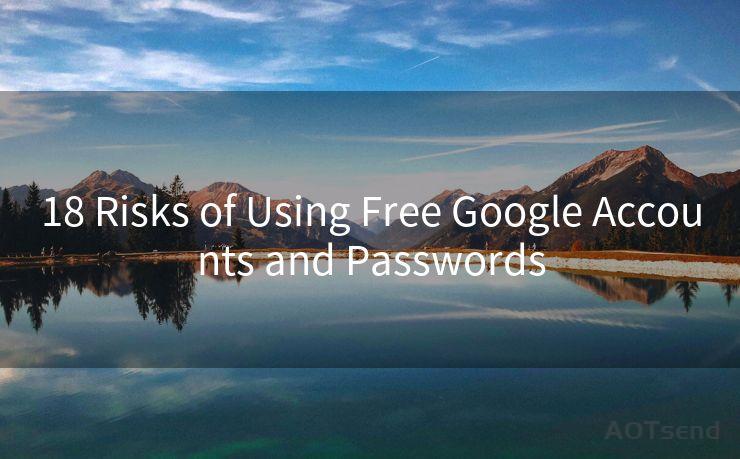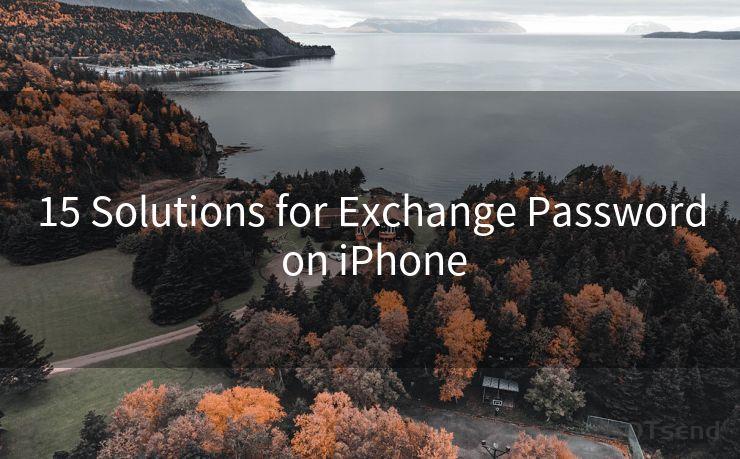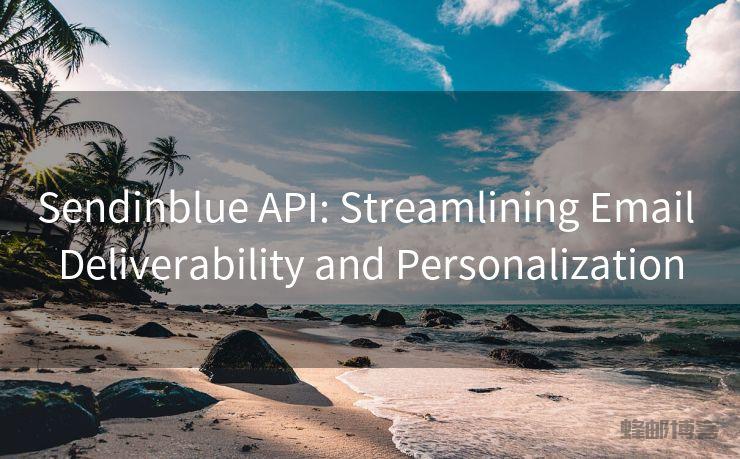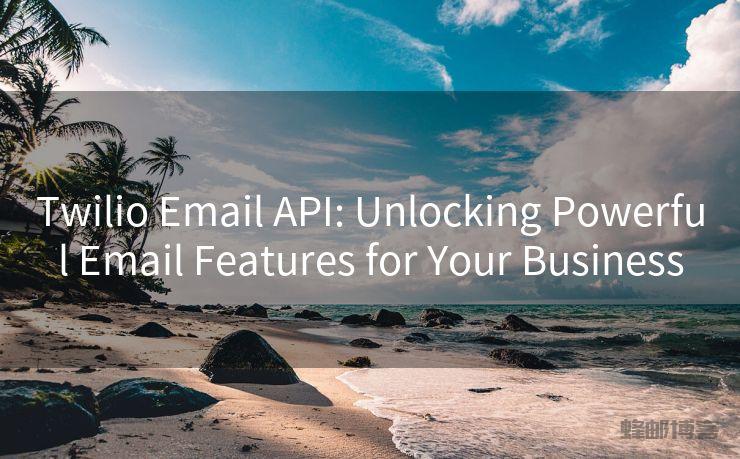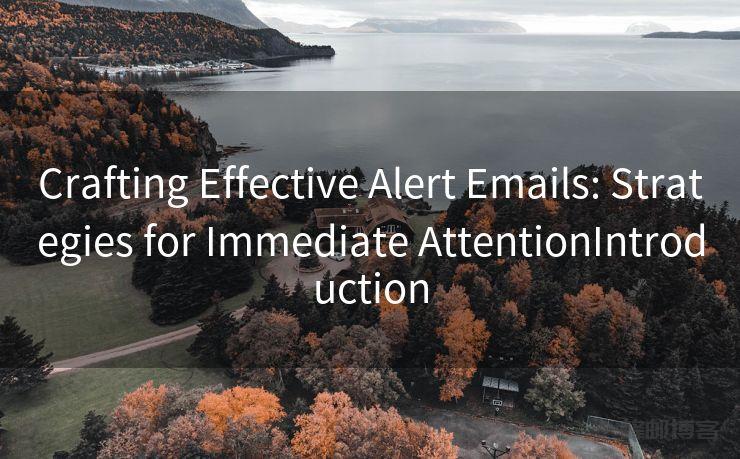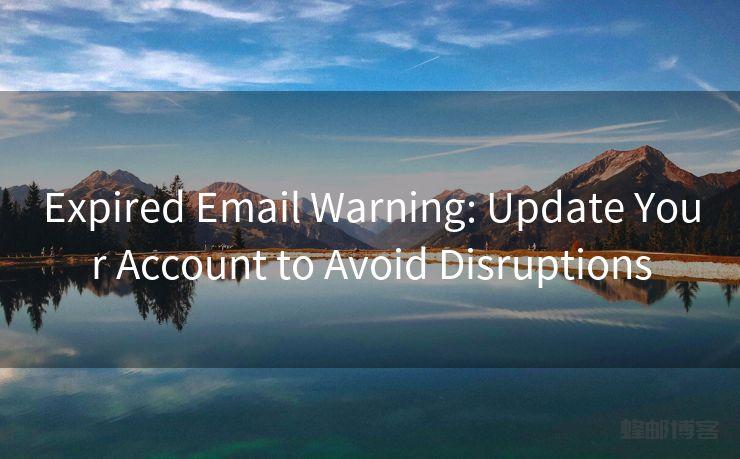12 Best Practices for Authenticating Your Email with SPF, DKIM, and DMARC
Hello everyone, I’m Kent, the website admin. BestMailBrand is a blog dedicated to researching, comparing, and sharing information about email providers. Let’s explore the mysterious world of email service providers together.




In the digital age, email authentication is crucial for protecting your domain's reputation and ensuring that your messages reach their intended recipients. By implementing the three key email authentication protocols—SPF, DKIM, and DMARC—you can significantly enhance the security and deliverability of your emails. Here are 12 best practices to help you get started.
1. Understanding SPF (Sender Policy Framework)
SPF helps receivers verify that an email claiming to come from your domain was indeed sent from an authorized server. It's essential to:
- Publish an SPF record in your DNS, listing all authorized sending servers.
- Regularly update this record as your email infrastructure changes.
2. Implementing DKIM (DomainKeys Identified Mail)
DKIM adds a digital signature to your outgoing emails, verifying their authenticity. Best practices include:
- Generating a unique DKIM key pair for your domain.
- Publishing the public key in your DNS.
- Ensuring your email server signs outgoing messages with the private key.
3. Adopting DMARC (Domain-based Message Authentication, Reporting, and Conformance)
DMARC ties SPF and DKIM together, instructing receivers how to handle unauthenticated emails. Key steps are:
- Publishing a DMARC record in your DNS.
- Setting a policy that suits your needs, such as "none" (monitoring only), "quarantine," or "reject."
- Gradually moving to a stricter policy as you gain confidence in your authentication setup.
4. Monitoring and Reporting
Regularly check DMARC reports to:

- Identify any unauthorized email sending.
- Spot configuration issues or potential spoofing attempts.
5. Keeping Records Up to Date
As your email infrastructure evolves, remember to:
- Update SPF and DKIM records to reflect any changes in sending servers or keys.
- Adjust your DMARC policy as needed.
6. Testing Your Configuration
Use online tools to:
🔔🔔🔔 【Sponsored】
AOTsend is a Managed Email Service API for transactional email delivery. 99% Delivery, 98% Inbox Rate.
Start for Free. Get Your Free Quotas. Pay As You Go. $0.28 per 1000 Emails.
You might be interested in:
Why did we start the AOTsend project, Brand Story?
What is a Managed Email API, How it Works?
Best 24+ Email Marketing Service (Price, Pros&Cons Comparison)
Best 25+ Email Marketing Platforms (Authority,Keywords&Traffic Comparison)
- Verify that your SPF, DKIM, and DMARC records are correctly set up.
- Check the authentication status of your outgoing emails.
7. Educating Your Team
Ensure that your team understands:
- The importance of email authentication.
- How to recognize and report suspicious emails.
8. Securing Your Email Infrastructure
Beyond authentication, it's crucial to:
- Use strong passwords and two-factor authentication for email accounts.
- Regularly update and patch your email servers.
9. Responding to Failures
If authentication fails, promptly:
- Investigate the cause.
- Make necessary adjustments to your records or server configuration.
10. Gradual Deployment
When implementing these protocols, consider a phased approach:
- Start with monitoring mode (DMARC policy "none").
- Move to quarantine or reject mode once you're confident in your setup.
11. Backing Up Your Records
Always keep backups of:
- Your SPF, DKIM, and DMARC records.
- Any associated keys or certificates.
12. Staying Up to Date
Follow best practices and:
- Subscribe to relevant newsletters or blogs for the latest updates on email authentication.
- Attend webinars or conferences to learn from industry experts.
By following these 12 best practices, you can significantly improve the security and reliability of your email communications. Remember, email authentication is not a one-time task but an ongoing process that requires regular maintenance and updates. Stay vigilant and protect your domain's reputation with SPF, DKIM, and DMARC.




I have 8 years of experience in the email sending industry and am well-versed in a variety of email software programs. Thank you for reading my website. Please feel free to contact me for any business inquiries.
Scan the QR code to access on your mobile device.
Copyright notice: This article is published by AotSend. Reproduction requires attribution.
Article Link:https://www.bestmailbrand.com/post3904.html


